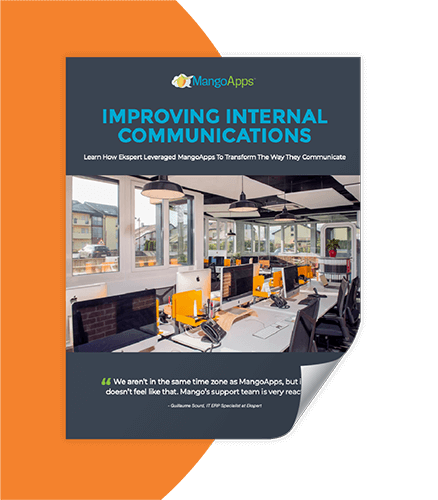Understanding the costs associated with setting up an on-premise intranet is essential, especially for industries where data privacy and system integrity are a priority. Healthcare facilities, government agencies, financial institutions, and other highly regulated sectors often gravitate towards on-premise intranet solutions due to their adaptability to meet stringent compliance and security requirements.
Let’s delve into the many factors that can affect the cost of implementing an on-premise intranet, providing a clearer perspective for budgeting purposes.
1. Size of the Company (Number of Licenses Needed): One of the primary determinants of an intranet’s cost is the number of users. Larger companies will need more licenses, escalating the cost.
2. Intranet Functionality: Basic intranet packages offer standard functionalities. However, specialized sectors like healthcare might need enhanced functions, such as patient record management, affecting the pricing.
3. Hardware and Infrastructure: Hosting on-premise entails costs for servers, storage devices, networking equipment, power backup, cooling systems, and physical security measures.
4. Software Licenses and Updates: Apart from the intranet software, expenses may arise from auxiliary software requirements and periodic software updates or upgrades.
5. Data Migration: Transitioning from another system can carry significant costs, especially if the data volume is high or involves sensitive information.
Read our in-depth guide to on-premise intranets for more detail, or check out our case study on IT consulting firm Ekspert for a real-world example.
6. Custom Development and Integrations: Financial institutions or government agencies might need bespoke modules or specialized integrations with their existing software.
7. Installation and Deployment: Charges might emerge from deploying the solution within your environment, depending on the vendor’s package.
8. Training and Onboarding: Formal training sessions to familiarize employees with the new intranet platform might entail additional costs.
9. Support and Maintenance: Periodic maintenance, troubleshooting, and support are essential and might come at an added cost.
10. Security Measures: Incorporating advanced security, like intrusion detection systems, firewalls, and encryption tools, can significantly influence the initial cost.
11. Redundancy and Backup: Implementing regular backup mechanisms and creating redundant systems to avoid single points of failure can escalate expenses.
12. Scalability: Planning for future growth might involve initial costs but you might be able to save in the long run.
13. External Consultants: Hiring external IT consultants to ensure optimal setup might need to be factored into the overall budget.
14. Ongoing Administrative Costs: Dedicating personnel for continuous intranet system management and monitoring leads to recurring costs.
15. Exit or Transition Costs: When moving away from an on-premise solution or switching vendors, costs can emerge from data migration, system decommissioning, and more.

Ensuring Compliance In The Financial Sector
Learn how Ekspert leveraged MangoApps’ on-premise intranet to transform the way its employees communicate.
Seek a Tailored Quote
Given the variety of factors affecting the pricing, seeking an accurate quote tailored to your specific needs is essential. Explore the MangoApps On-premise solution. Renowned for catering to regulated sectors, we can provide a comprehensive solution that perfectly aligns with your operational and budgetary needs.







